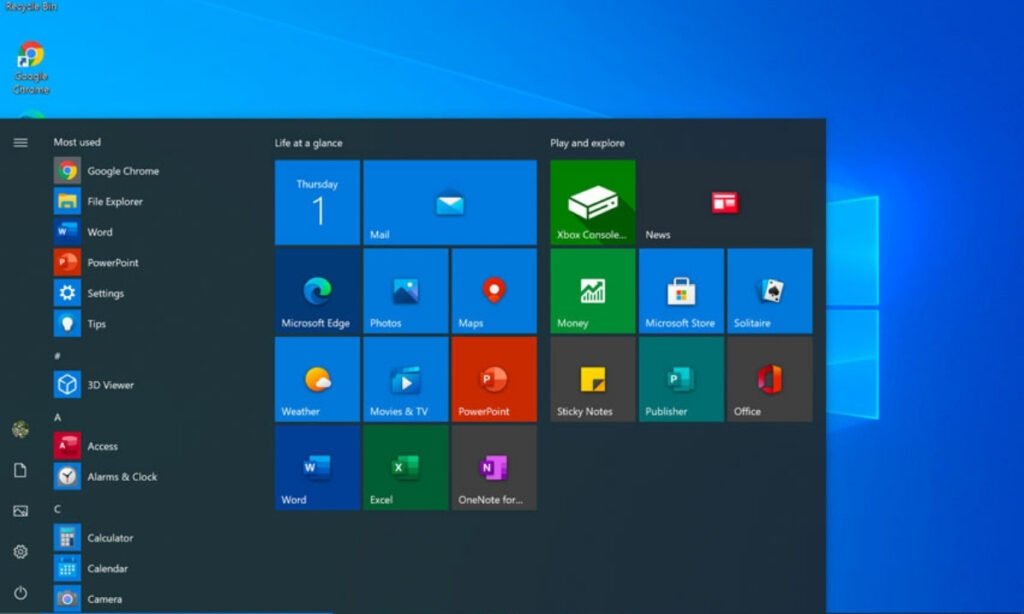The end of an era is here as Microsoft is officially discontinuing support for Windows 10 on October 14, 2025. After nearly a decade of service, the popular operating system will no longer receive security patches, bug fixes, or technical updates from Microsoft.
While your PC running Windows 10 won’t suddenly stop working, the implications of this change are significant especially when it comes to security and compatibility.
Windows 10 Reaches Its End of Support
From October 15 onwards, Microsoft will no longer maintain Windows 10. That means no more updates, patches, or technical support for any version of the OS whether it’s Home, Pro, Enterprise, or Education.
In simpler terms, your system will still run as usual, but it will become increasingly vulnerable to security threats over time. Without regular patches, new malware or hacking exploits could easily target older, unpatched systems.
However, Microsoft is offering limited protection options for users who still rely on Windows 10 devices.
Extended Security and App Updates Until 2028
Despite the official end of support, Microsoft will continue offering some essential services and updates to help users transition safely.
According to the company, the following updates will remain available after October 14, 2025:
- Extended Security Updates (ESU): For eligible users and businesses, Microsoft will provide essential patches beyond the support deadline.
- Microsoft 365 Apps: Applications like Word, Excel, and Outlook will continue receiving security updates until October 10, 2028, and feature updates until August 2026.
- Microsoft Defender Antivirus: Defender will still get security intelligence updates until October 2028, protecting users against newly identified threats.
While this offers a temporary safety net, Microsoft Defender alone can only detect known threats. It cannot fix deeper system vulnerabilities, since those rely on OS-level updates that are now ending.
Also Read: Apple Discontinues Clips App: Here’s How to Export Your Videos to Photos
What This Means for Windows 10 Users
For most users, the biggest risk after support ends is increased exposure to new security vulnerabilities. As new malware and exploits appear, Windows 10 systems will lack the necessary patches to defend against them.
This can lead to:
- Higher chances of data breaches or malware infections
- Compatibility issues with new apps and software
- Reduced system stability and reliability
In short, continuing to use Windows 10 without upgrading will eventually become unsafe and impractical, especially for devices connected to the internet.
What You Should Do Next
Microsoft strongly recommends upgrading to Windows 11 for a smoother, safer, and more future-ready experience. The newer OS comes with:
- Enhanced security frameworks
- Better performance optimization
- AI-powered tools like Microsoft Copilot for productivity
To check if your PC is compatible with Windows 11:
- Go to Settings → Update & Security → Windows Update
- Use the PC Health Check app (available from Microsoft’s official website) to confirm eligibility
If your device doesn’t meet the requirements, you can either join the Extended Security Updates (ESU) program or consider upgrading your hardware to ensure compatibility with the latest system.
Final Thoughts
The end of support for Windows 10 marks a major shift in Microsoft’s ecosystem, pushing users towards more secure and AI-integrated systems. While you can continue using Windows 10 for now, it’s only a temporary solution.
Upgrading to Windows 11 not only ensures safety but also opens the door to new features designed for the future of computing.



1 Comment
Pingback: Instagram Teen Accounts Now Rated PG-13 by Default